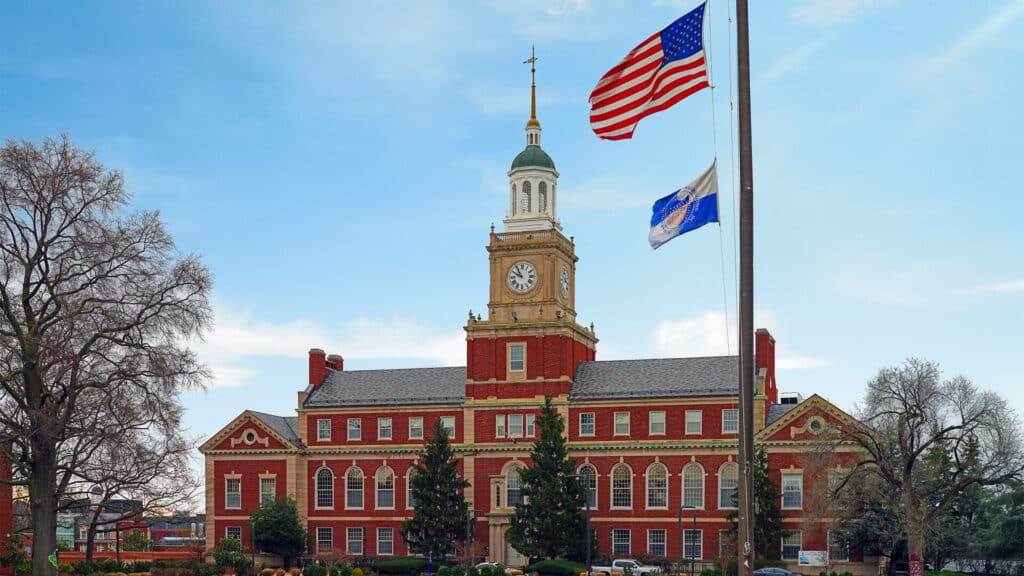Despite the Federal Reserve’s recent interest rate cuts, prospective homeowners might be scratching their heads as mortgage rates edge higher. Last Thursday, Freddie Mac reported that the average 30-year fixed mortgage rate has reached seven percent for the first time since May 2024.
This seemingly paradoxical situation boils down to the difference between short-term and long-term interest rates. The Federal Reserve influences short-term rates, like the federal funds rate, which affects overnight lending between banks. However, mortgage rates are more closely tied to long-term rates, particularly the yield on 10-year Treasury bonds. When investors anticipate economic growth or inflation, they demand higher yields on these bonds, pushing mortgage rates up.
“The underlying strength of the economy is contributing to this increase in rates,” said Freddie Mac’s Chief Economist Sam Khater. “Consumers can save money if they shop for several different lender quotes.”
Moreover, the spread between mortgage rates and Treasury yields has widened recently. Historically, this spread hovers around 1.5 to two percentage points, but it has been between 2.5 and three points lately. Factors contributing to this include reduced demand for mortgage-backed securities and rising prepayment risk, making mortgages less attractive to investors.
In essence, while the Fed’s rate cuts aim to stimulate the economy by lowering borrowing costs, other market dynamics are at play. So, if you are house hunting, do not expect the Fed’s moves to directly translate into lower mortgage rates. Sometimes, the economic puzzle pieces just do not fit together as neatly as we would like.











